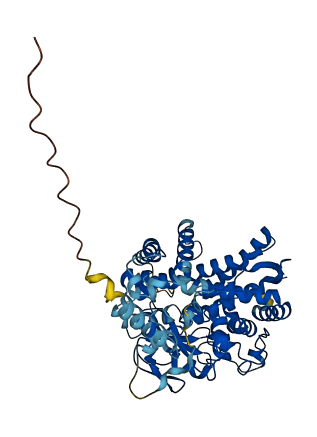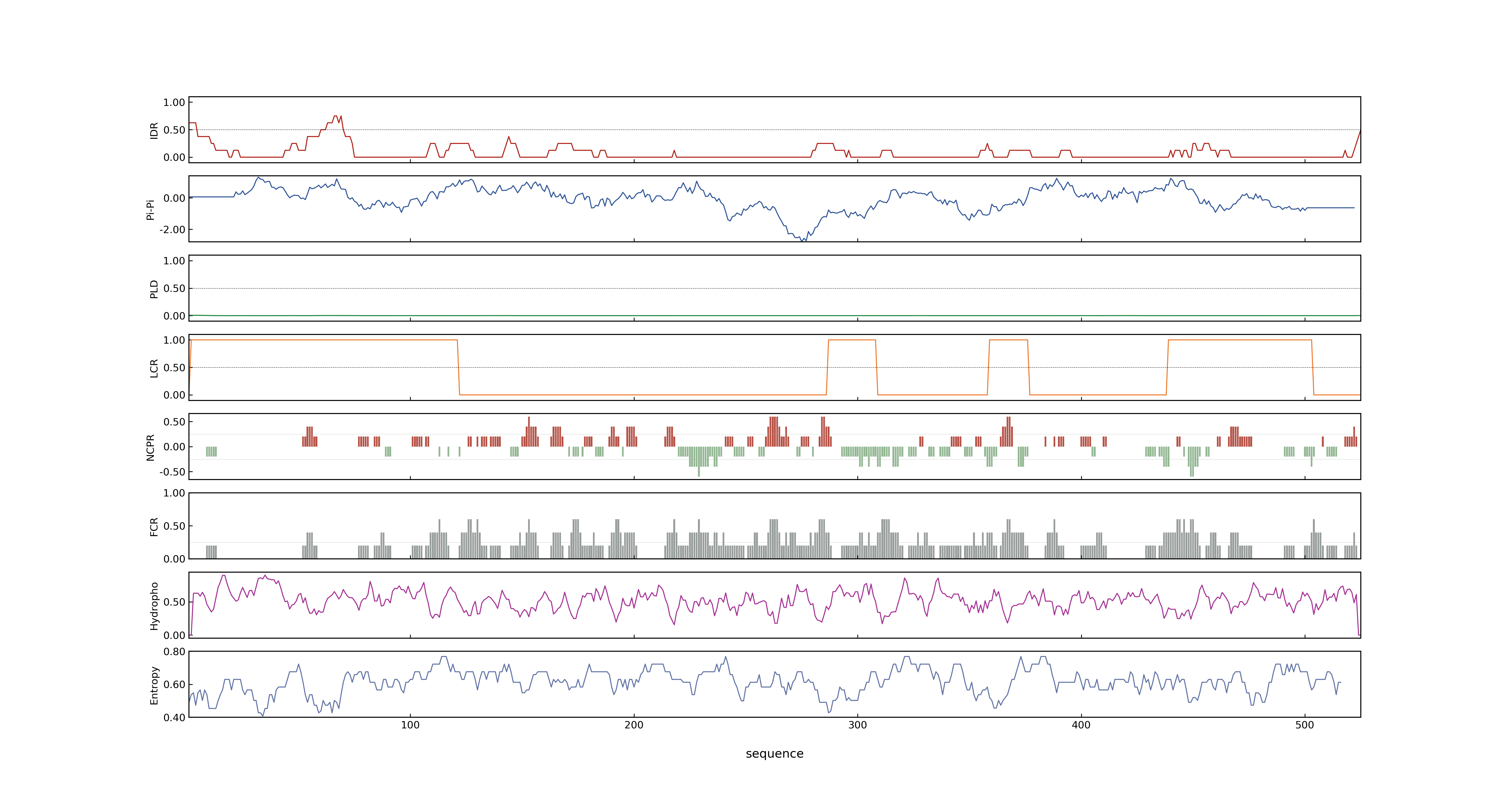- Information
- Symbol: GE,CYP78A13
- MSU: LOC_Os07g41240
- RAPdb: Os07g0603700
- PSP score
- LOC_Os07g41240.1: 0.0147
- PLAAC score
- LOC_Os07g41240.1: 0
- pLDDT score
- 88.62
- Protein Structure from AlphaFold and UniProt
- MolPhase score
- LOC_Os07g41240.1: 0.20548017
- MolPhase Result
- Publication
- GIANT EMBRYO encodes CYP78A13, required for proper size balance between embryo and endosperm in rice, 2013, Plant J.
- Control of rice embryo development, shoot apical meristem maintenance, and grain yield by a novel cytochrome p450, 2013, Mol Plant.
- Variations in CYP78A13 coding region influence grain size and yield in rice., 2014, Plant Cell Environ.
-
Genbank accession number
- Key message
- Overexpression of GE promoted cell proliferation and enhanced rice plant growth and grain yield, but reduced embryo size, suggesting that GE is critical for coordinating rice embryo and endosperm development
- The function of GE in each tissue is distinct, controlling cell size in the embryo and cell death in the endosperm
- Post-embryonic growth of ge seedling was severely inhibited due to defective shoot apical meristem (SAM) maintenance
- GE, which encodes CYP78A13, is predominantly expressed in the interfacing tissues of the both embryo and endosperm
- In contrast to the loss-of-function mutant with large embryo and small endosperm, GE overexpression causes a small embryo and enlarged endosperm
- A complementation analysis coupled with heterofertilization showed that complementation of ge mutation in either embryo or endosperm failed to restore the wild-type embryo/endosperm ratio
- Among genes associated with embryo/endosperm size, REDUCED EMBRYO genes, whose loss-of-function causes a phenotype opposite to ge, are revealed to regulate endosperm size upstream of GE
- To fully understand the embryo-endosperm size control, the genetic network of the related genes should be elucidated
- However, the molecular mechanism(s) underlying embryo and endosperm development remains largely unknown, particularly in rice, the model cereal
- GE is expressed predominantly in the scutellar epithelium, the interface region between embryo and endosperm
- Mutation of GE resulted in a large embryo in the seed, which was caused by excessive expansion of scutellum cells
- Moreover, transgenic Arabidopsis plants overexpressing AtCYP78A10, a GE homolog, also produced bigger seeds, implying a conserved role for the CYP78A subfamily of P450s in regulating seed development
- 2 showed that both can promote grain growth
- Variations in CYP78A13 coding region influence grain size and yield in rice.
- Grain size is one of the most important determinants of crop yield in cereals
- Here, we identified a dominant mutant, big grain2 (bg2-D) from our enhancer-trapping population
- Sequence search revealed that CYP78A13 has a paralogue Grain<U+2005>Length 3
- Detailed examination of the transgenic plants with chimaeric constructs suggested that variation in CYP78A13 coding region is responsible for the variation of grain yield
- Taken together, our results suggest that the variations in CYP78A13 in the indica varieties hold potential in rice breeding for application of grain yield improvement
- Connection
Prev Next

